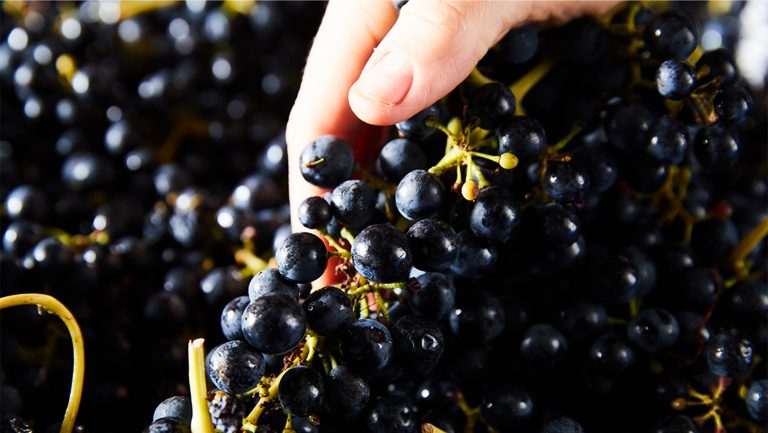
The Science of Rotundone in Wine
This tiny, complex chemical compound brings peppery notes to Syrah and other red grape varieties, but much about it remains a mystery

This tiny, complex chemical compound brings peppery notes to Syrah and other red grape varieties, but much about it remains a mystery

Lees aging not only yields attractive aromas and textures for still and sparkling wines alike—it also prevents oxidation and structural instability. Here’s how
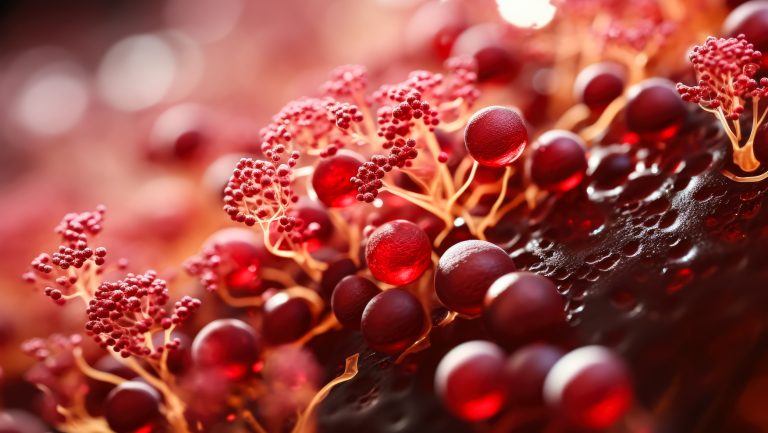
Rising alcohol levels in wine due, in part, to a warming climate are prompting winemakers to look for alternative yeast strains beyond Saccharomyces cerevisiae
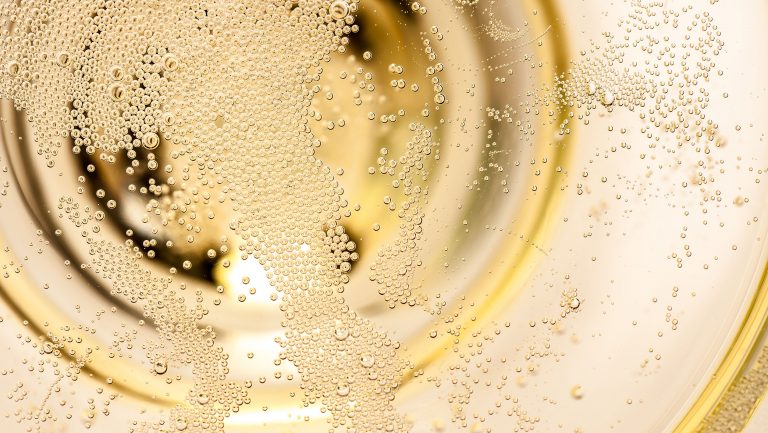
In Italy, Brazil, and beyond, winemakers are leaving Charmat-method bubbly on the lees for longer periods of time in the effort to make more complex and robust wines
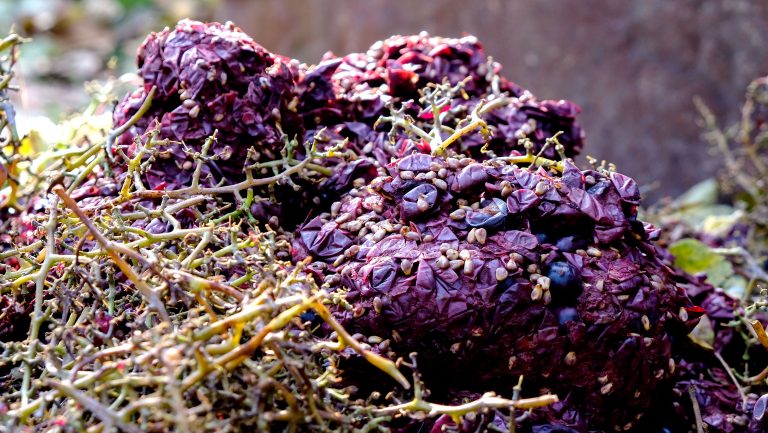
Discarded grape pomace, free-run press juice, and dropped fruit can all become key ingredients in other revenue-driving products, from cosmetics to vermouth
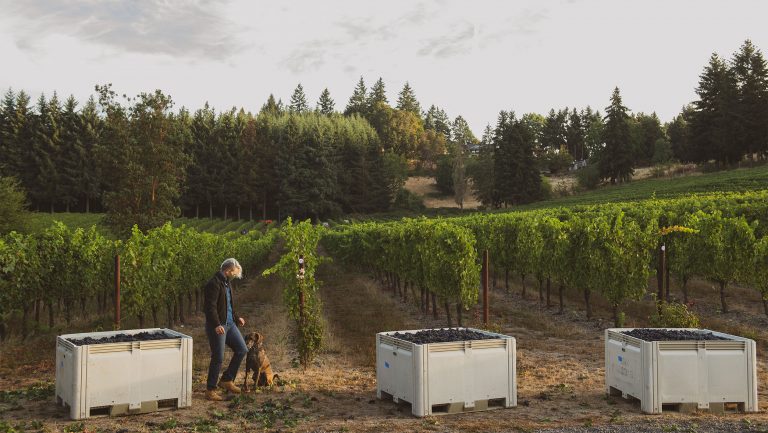
Grapes such as Lagrein, Saperavi, and Ciliegiolo offer both opportunities and challenges to winemakers looking to set themselves apart
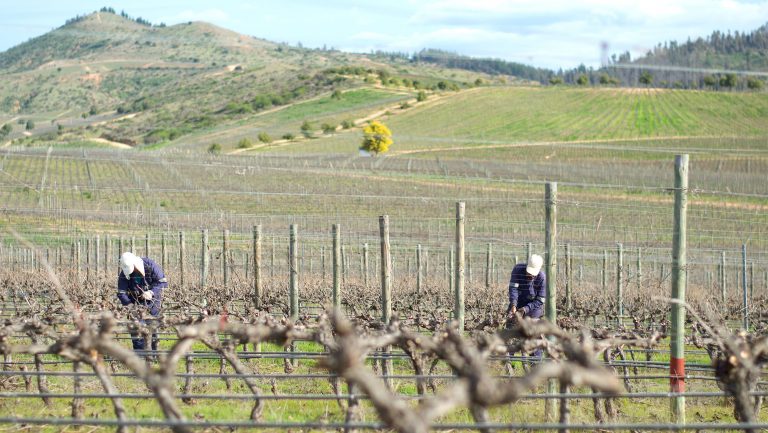
Pruning is a crucial step in ensuring the success of each harvest, and the financial stability of grape growers and wine producers—here’s why
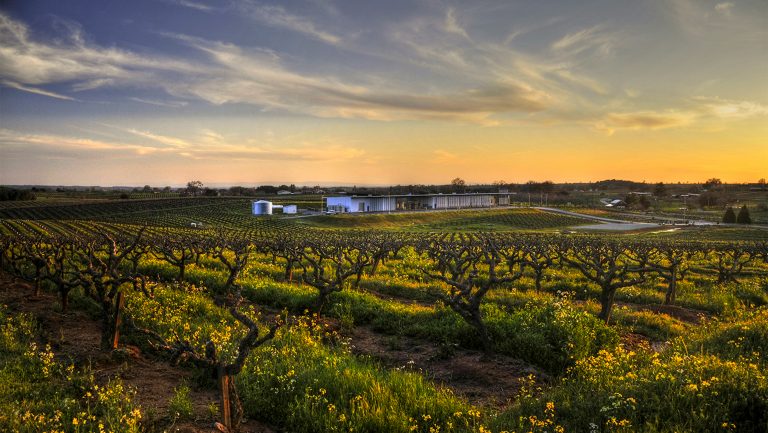
Amador County is a whirlwind of soil types and back roads, but within it lies a treasure trove of vinous gold with exceptional value
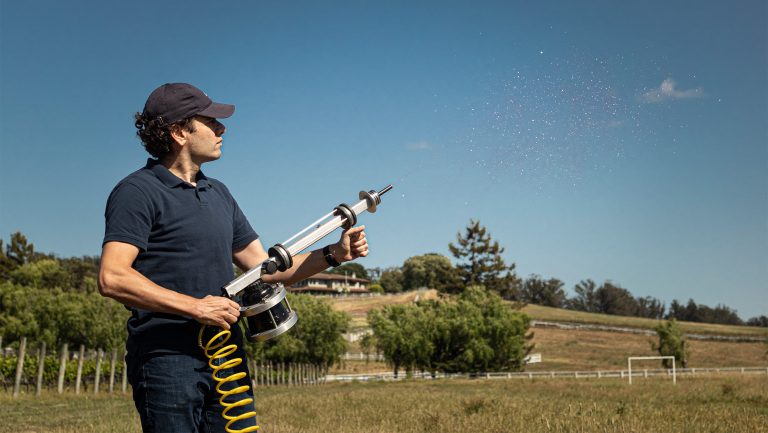
New research shows that non-Saccharomyces yeasts could be an effective way to cut sulfur dioxide use in the cellar—and even the vineyard
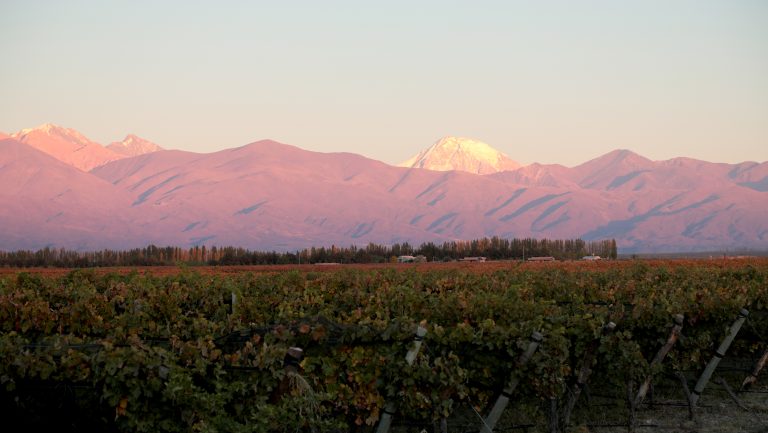
Many new AVAs have been created based on the impact of wind—but those winds, including famed ones from around the world, are changing with the climate. What can viticulturalists and winemakers do to keep up?
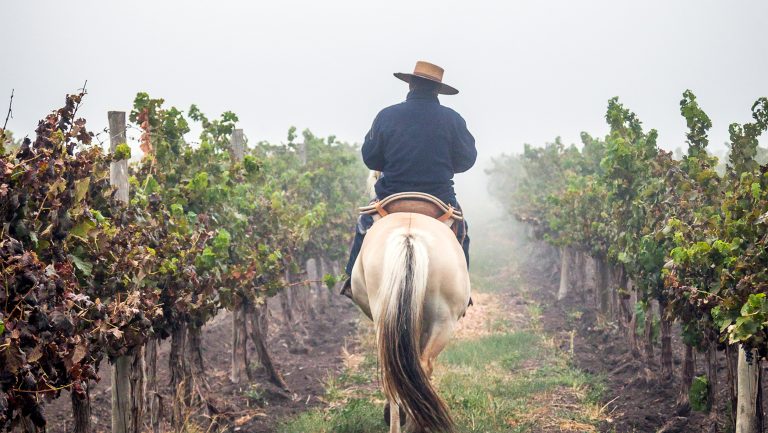
The science behind horses’ impact on soil and vineyard health—and why some growers around the world are bringing back this traditional, yet difficult, way of farming
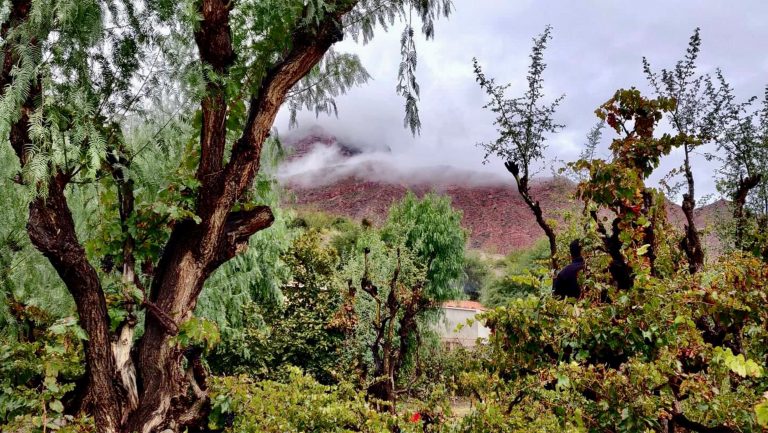
Inspired by late Japanese farmer Masanobu Fukuoka, this fully hands-off method of viticulture is attracting a few intrepid global producers